
NMN supplementation boosts NAD+ levels to help make eyes healthier
Cell phones, tablets and computers have become indispensable "companions" in contemporary life, but the use of these items has also greatly increased the burden on the eyes. According to data, in China, there are nearly 400 million patients suffering from various eye diseases every year, how to protect the eyes is becoming a big problem that needs to be solved.

In fact, as a whole, most of the eye diseases that people suffer from are related to the retina. The retina is an important structure inside the eye, and people rely on it to be able to see and transmit information to the brain for processing. Happily, studies have shown that NMN supplementation can protect the retina, inhibit the death of photoreceptor cells, and maintain eye health.
In December 2020, Vavvas, co-director of the Eye Regenerative Medicine Institute at Harvard Medical School, and his team published research in the journal Aging confirming that NMN (β-nicotinamide mononucleotide) protects photoreceptor cells after retinal detachment and oxidative stress damage in mice.
Studies have shown that the protective effects of NMN are based on the following: reducing photoreceptor cell death; inhibiting ocular inflammation; and increasing antioxidant levels and blocking oxidative stress. Further experimental results showed that these protective effects were mainly due to an increased activity of an enzyme, SIRT1.

Due to the inherently unstable nature of NAD+, among other things, Vavvas and his colleagues attempted to protect photoreceptor cells after retinal detachment by enhancing NAD+ levels through NMN (a precursor to NAD+). Using the TUNEL staining technique, Vavvas et al. found that NMN supplementation significantly reduced photoreceptor cell death in the early stages after retinal detachment. When they administered 250 mg/kg and 500 mg/kg NMN to mice, photoreceptor cell death at 24 hours after retinal detachment was reduced by 52.7% and 71.0%, respectively.
Oxidative stress promotes photoreceptor cell death, and the researchers found that NMN increased levels of the antioxidant HO-1 (heme oxygenase 1), allowing cells to recover from oxidative stress. In isolated retinas, the researchers found significantly higher levels of a protein component indicative of damage (called protein carbonyls), which also indicates that oxidative stress occurred. However, this stopped with NMN treatment.
At the same time, the researchers found that NMN increased levels of the cytoprotective SIRT1 enzyme after retinal detachment. These changes were also accompanied by an increase in NAD+ levels and HO-1 levels. In fact, the increased SIRT1, as well as NMN, worked together to increase HO-1 levels; this effect was eliminated when SIRT1 was depleted. These findings demonstrate that NMN increases NAD+-dependent SIRT1 enzyme activity, as well as increases HO-1 levels.
The role of the eyes speaks for itself, and such a delicate organ should be given extra attention. NMN supplementation, experimentally proven to protect the eyes, by boosting NAD+ levels, activating the longevity protein SIRT1, blocking oxidative stress and reducing inflammatory response for healthier eyes and brighter eyes!



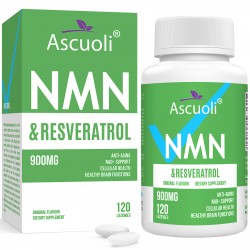
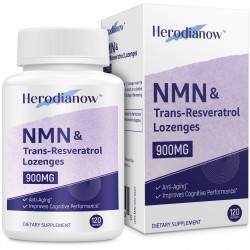
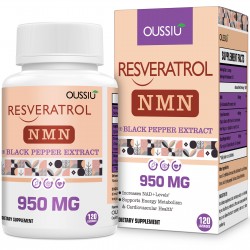
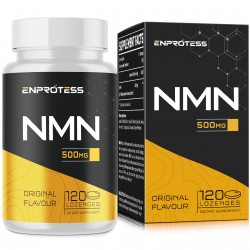
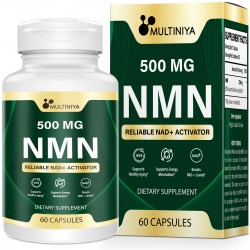
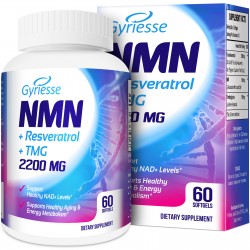
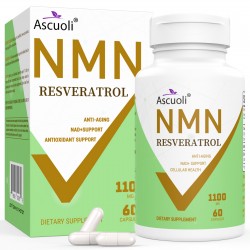

Leave a Comment